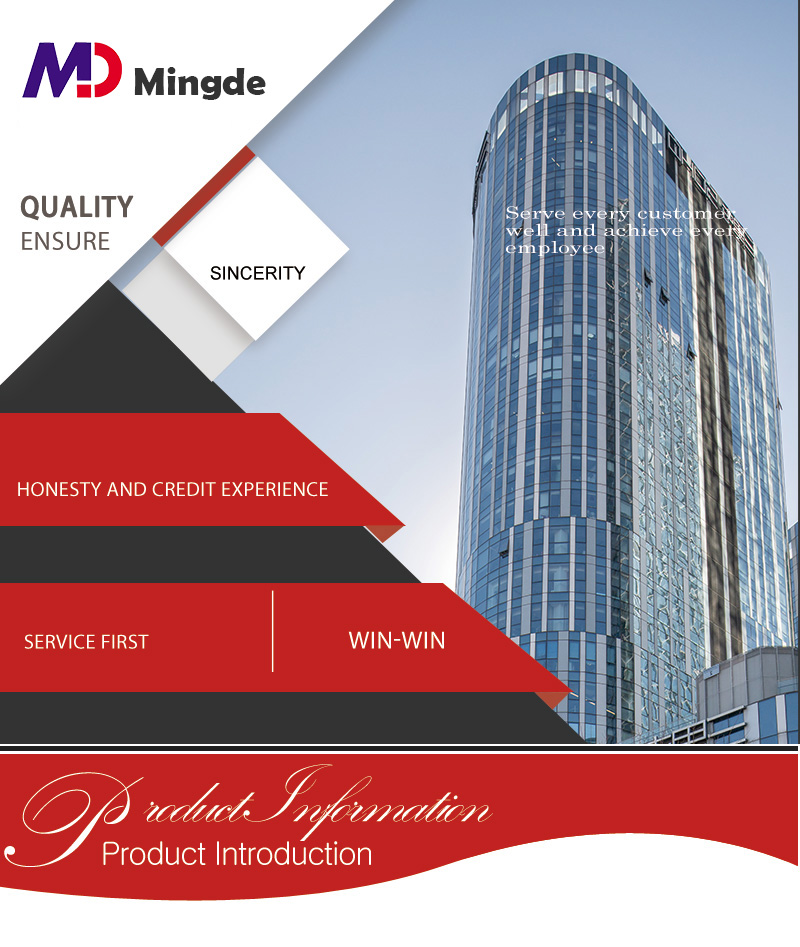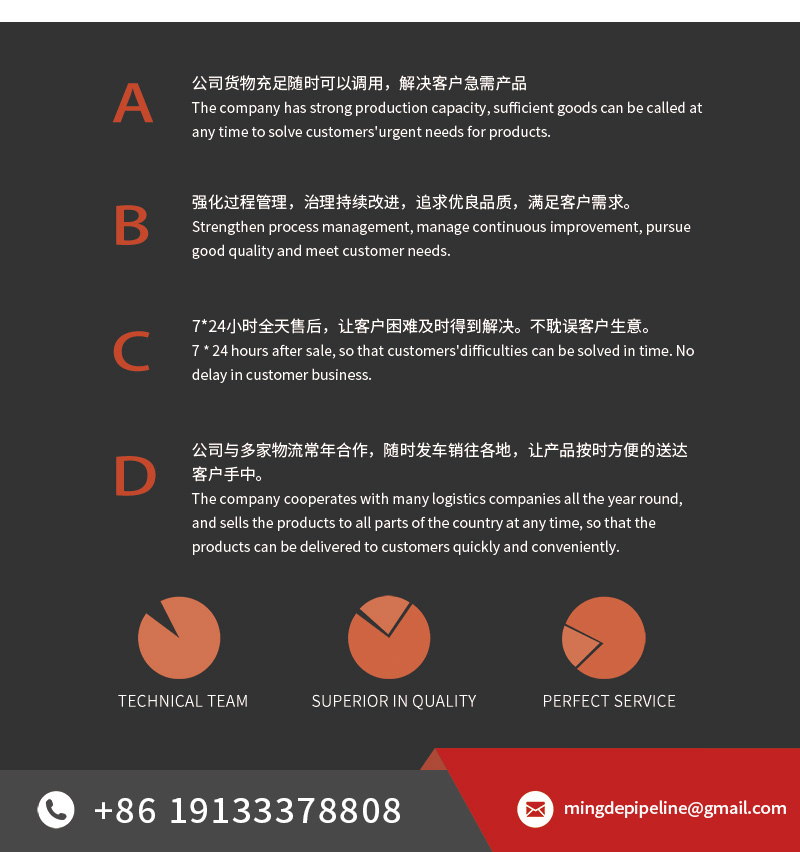
eccentric reducer

An eccentric reducer is a specialized pipe fitting used in pipeline systems to connect two pipes of different diameters while maintaining an offset centerline. Unlike a concentric reducer—which aligns the center of both ends—the eccentric reducer has a flat side that allows the top or bottom of the pipe to remain level. This feature makes it an essential component in applications where maintaining a consistent bottom or top pipe elevation is critical for proper fluid flow, drainage, or system design.
Eccentric reducers are commonly used in horizontal pipe runs, especially in systems that transport fluids, gases, or mixed-phase materials. They are crucial in preventing air accumulation, ensuring proper drainage, and avoiding cavitation or flow disruption. Manufactured in a variety of materials, including carbon steel, stainless steel, and alloy steel, eccentric reducers offer a combination of structural integrity, corrosion resistance, and installation versatility.
Design Characteristics
The defining feature of an eccentric reducer is its offset design. One side of the reducer is straight, while the other is sloped, allowing for a gradual reduction in pipe diameter while keeping one edge (either the top or bottom) aligned. This offset is especially beneficial in piping systems where air pockets, liquid pooling, or uneven flow can cause operational issues.
Eccentric reducers can be fabricated in different shapes, sizes, and wall thicknesses to suit specific project requirements. They are typically welded into place but can also be connected using flanges or other mechanical joining methods.
Key Advantages
Prevents Air Entrapment and Cavitation
In horizontal liquid pipelines, eccentric reducers installed with the flat side on top help prevent air pockets from forming. This ensures a more stable and efficient flow and protects downstream equipment.
Facilitates Proper Drainage
For systems handling fluids that must fully drain or avoid sediment buildup, placing the flat side of the reducer at the bottom helps direct flow completely through the pipe.
Compact and Functional Design
The shape of the eccentric reducer enables effective transitions between pipe sizes without requiring additional structural supports or large installation space.
Versatile Material Options
Available in a wide range of materials, eccentric reducers can be matched to the system’s medium—be it corrosive chemicals, high-temperature steam, or potable water.
Reduces Flow Turbulence
The gradual change in diameter minimizes turbulence, pressure loss, and vibration, contributing to the long-term reliability of the piping system.
Common Applications
Eccentric reducers are indispensable across a variety of industrial sectors, including:
Oil and Gas Industry
Used in horizontal pipelines to ensure consistent liquid flow and prevent vapor lock or pump cavitation.
Chemical and Petrochemical Plants
Employed in reactor systems and transfer lines where smooth flow and proper drainage are crucial.
Power Generation
Applied in condenser and boiler piping systems to handle steam and condensate with minimal disruption.
Water and Wastewater Treatment
Used to prevent sediment accumulation in pipelines and ensure full system drainage.
HVAC and Fire Protection Systems
Installed in systems requiring size transitions while maintaining alignment and smooth hydraulic performance.
Food, Beverage, and Pharmaceutical Processing
Ideal for clean-in-place (CIP) systems, ensuring hygienic fluid handling with no stagnation zones.
Material and Surface Options
Eccentric reducers are manufactured from:
Carbon Steel – For strength and affordability in general industrial use.
Stainless Steel – For corrosion resistance in sanitary, high-pressure, or aggressive environments.
Alloy Steels – For performance in high-temperature or high-stress applications.
Plastic (PVC, HDPE) – For lightweight, chemical-resistant, or non-metallic systems.
Surface treatments such as pickling, passivation, galvanizing, sandblasting, or coating can be applied depending on the specific environmental and fluid-handling needs.
Installation and Connection Types
Eccentric reducers can be integrated into piping systems using:
Butt-weld ends – For seamless, pressure-resistant connections in industrial pipelines.
Socket-weld or threaded ends – For smaller or low-pressure applications that require easier assembly and disassembly.
Flanged ends – For quick maintenance or replacement, often used in modular or equipment-connected systems.
Installation orientation is important—depending on whether the fluid is liquid or gas and whether the system needs top or bottom alignment, the reducer should be positioned flat-side-up or flat-side-down.
Conclusion
The eccentric reducer is a fundamental component in fluid and gas transport systems, offering efficient size transitions while addressing specific flow challenges. Its offset design plays a vital role in ensuring optimal flow conditions, preventing air accumulation or sediment buildup, and maintaining system reliability.
Suitable for a wide array of industries, eccentric reducers made from carbon steel, stainless steel, or other specialized materials provide both functional flexibility and mechanical strength. Whether used in refineries, chemical plants, water treatment facilities, or hygienic production lines, the eccentric reducer ensures a dependable connection that supports both safety and performance.

 NEWS
NEWS
-
Thermal Stress Management with Advanced Pipe Insulation Brackets
2025-11-21 07:46:59
-
Custom Pipe Clamp Solutions for Complex Industrial Applications
2025-11-20 06:58:48
-
Modular Pipe Support Systems: Benefits for Modern Facilities Meta Description
2025-11-19 02:23:52
-
Corrosion-Resistant Brackets for Harsh Environments
2025-11-13 04:04:56
 Contact us
Contact us
Mobile:+86 19133378808
Email:mingdepipeline@gmail.com
Website:https://www.mingdepipe.com
Address:Zhenggang Industrial Park, Yanshan County Economic Development Zone, Cangzhou City, Hebei Province




